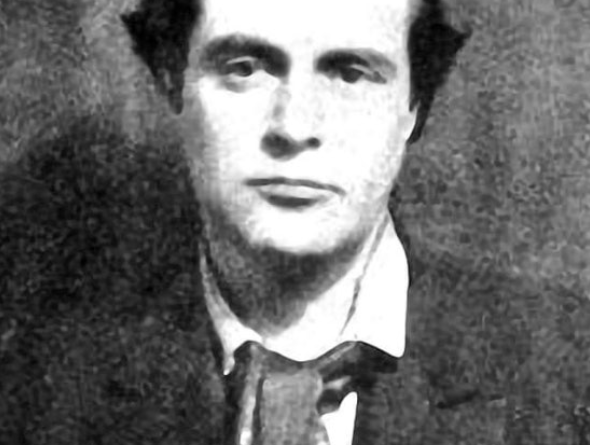어니스트 헤밍웨이의 글쓰기 7가지 요령
1: 시작하려면 진실한 문장 하나를 써보세요.
“때때로 새로운 이야기를 시작할 때 이야기가 진행되지 않을 때, 나는 난로 앞에 앉아 작은 오렌지 껍질을 불꽃 가장자리에 밀어넣고 그들이 만들어내는 파란색이 튀는 것을 지켜보곤 했습니다. 나는 서서 파리의 지붕 너머를 바라보며 ‘걱정하지 마세요. 당신은 이전에도 항상 글을 썼고 지금도 쓰게 될 것입니다.’”
2: 다음에 무슨 일이 일어날지 알 수 있는
동안 항상 하루를 멈춰 보세요.
“가장 좋은 방법은 상황이 좋아지고 다음에 무슨 일이 일어날지 알 때 항상 멈추는 것입니다. 소설을 쓸 때 매일 그렇게 한다면 결코 막히지 않을 것입니다.”
3: 일하지 않을 때는 절대 이야기를 생각하지 마세요.
“나는 이미 내 글의 우물을 비우지 말고, 우물 깊은 곳에 무언가가 남아 있을 때 항상 멈추고, 밤에 그것을 공급하는 샘에서 다시 채우도록 하는 것을 배웠습니다.”
4: 다시 일할 시간이 되면 항상 지금까지
쓴 글을 읽는 것부터 시작하세요.
“시간이 너무 길어서 매일 할 수 없을 때는 매일 두세 장씩 다시 읽으세요. 그런 다음 매주 처음부터 다 읽어보세요.”
5: 감정을 묘사하지 말고 표현해보세요.
“신문에 글을 쓰면서 무슨 일이 일어났는지 말했고, 이런저런 요령을 사용하여 그날 일어난 일에 대한 모든 설명에 특정한 감정을 주는 적시성의 요소에 힘입어 감정을 전달했습니다. 그러나 실제, 감정을 만들어내는, 1년이든 10년이든 유효할, 일련의 움직임과 사실은 솔직히 말하면, 운 좋게도 항상 나를 넘어서는 일이었습니다…”
6: 연필을 사용하세요.
“연필로 글을 쓰면 독자가 원하는 것을 얻고 있는지 알아보기 위해 세 가지 다른 시각을 갖게 됩니다. 먼저 그것을 다시 읽을 때; 그런 다음 입력하면 이를 개선할 수 있는 또 다른 기회를 얻게 되며, 다시 증명할 수 있습니다.”
7: 간략하게 설명하세요.
“게티즈버그 연설이 너무 짧은 것은 우연이 아니었습니다. 산문 쓰기의 법칙은 비행, 수학,
물리학의 법칙과 마찬가지로 불변입니다.”
(Ernest Hemingway’s 7 Tips for Writing)
1: To get started, write one true sentence.
“Sometimes when I was starting a new story and I could not get it going, I would sit in front of the fire and squeeze the peel of the little oranges into the edge of the flame and watch the sputter of blue that they made. I would stand and look out over the roofs of Paris and think, ‘Do not worry. You have always written before and you will write now.’”
2: Always stop for the day while you still know what will happen next.
“The best way is always to stop when you are going good and when you know what will happen next. If you do that every day when you are writing a novel you will never be stuck.”
3: Never think about the story when you’re not working.
“I had learned already never to empty the well of my writing, but always to stop when there was still something there in the deep part of the well, and let it refill at night from the springs that fed it.”
4: When it’s time to work again, always start by reading what you’ve written so far.
“When it gets so long that you can’t do this every day read back two or three chapters each day; then each week read it all from the start.”
5: Don’t describe an emotion—make it.
“In writing for a newspaper you told what happened and, with one trick and another, you communicated the emotion aided by the element of timeliness which gives a certain emotion to any account of something that has happened on that day; but the real thing, the sequence of motion and fact which made the emotion and which would be as valid in a year or in ten years or, with luck and if you stated it purely enough, always, was beyond me…”
6: Use a pencil.
“If you write with a pencil you get three different sights at it to see if the reader is getting what you want him to. First when you read it over; then when it is typed you get another chance to improve it, and again in the proof.”
7: Be Brief.
“It wasn’t by accident that the Gettysburg address was so short. The laws of prose writing are as immutable as those of flight, of mathematics, of physics.”




